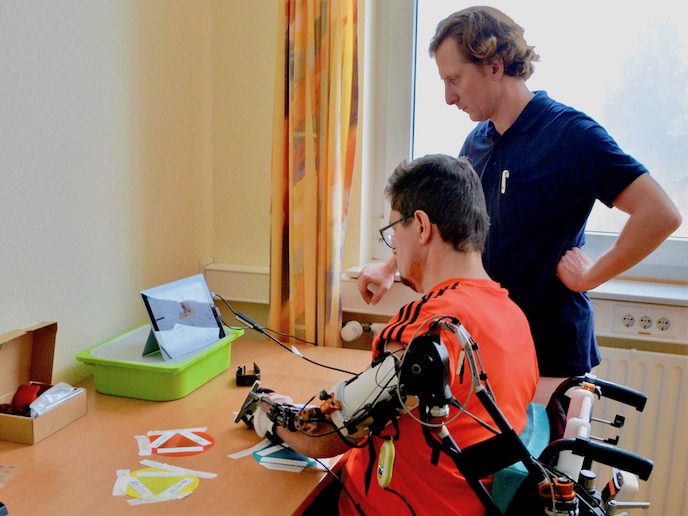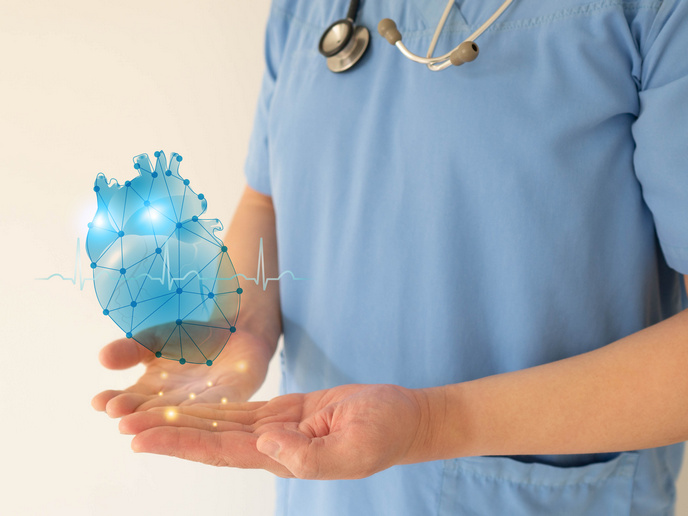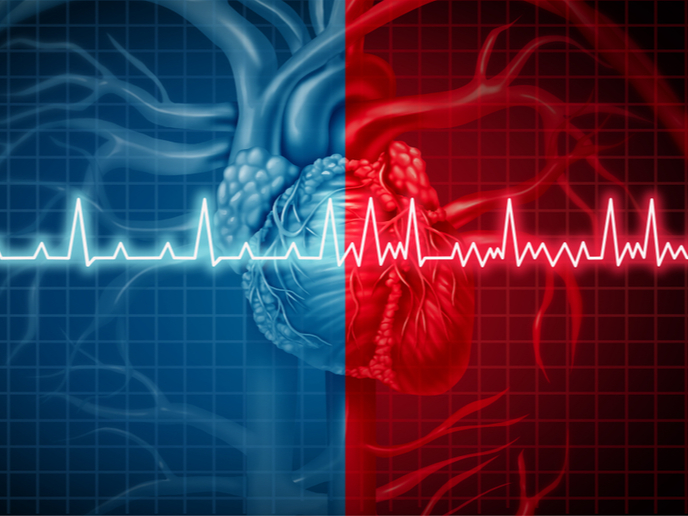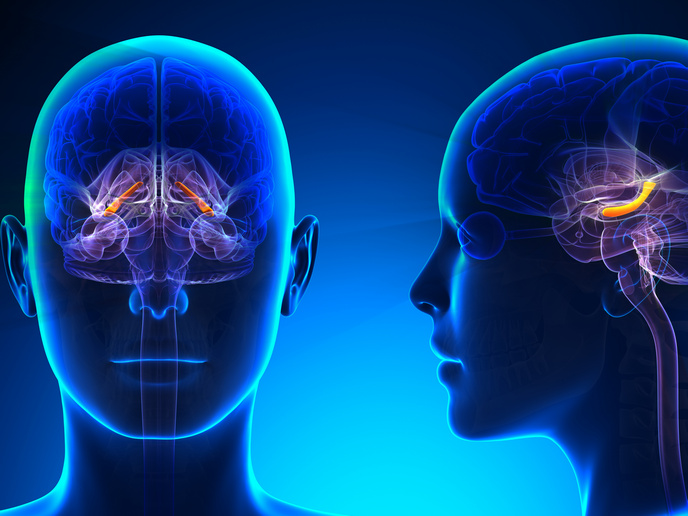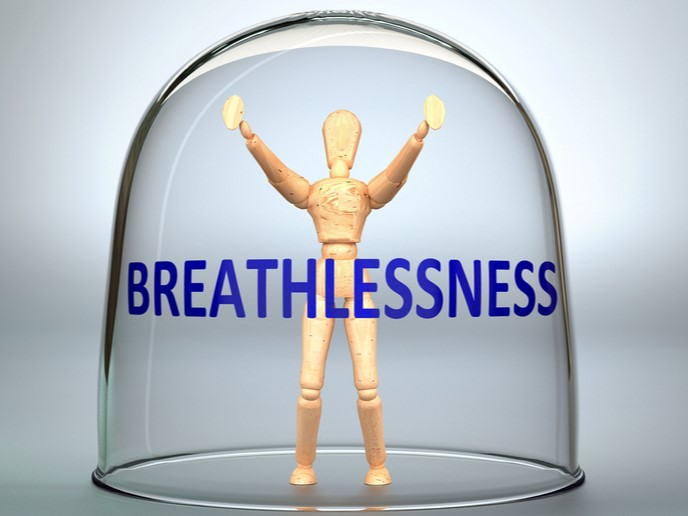An exoskeleton-based rehabilitation system for stroke patients
Strokes are one of the biggest plagues facing European healthcare: each year, the cost associated to this condition reaches over EUR 62 billion. Patients face long-term disability, and rehabilitation efforts leave the luckiest ones only with incomplete motor recovery. The main impairments affecting stroke patients include upper limb hemiparesis, as well as – in 60 % of cases – the inability to use their paretic hand in day-to-day activities. These two problems have been specifically addressed by the RETRAINER project, which focused on the task of reaching a position in space (arm rehabilitation) and that of grasping an object (hand rehabilitation). RETRAINER technology builds upon the outcomes of the FP7-funded project MUNDUS, which addressed multiple degrees of disability and severe motor impairments. The project had exploited different interaction modules to detect the intention of the patient (BCI, eye tracking, EMG) and provide assistance (FES, active motors on exoskeleton). Besides applying these technologies to a different population, RETRAINER shifts the paradigm from assistance to rehabilitation. The team reduced the variety of interaction modalities and focused on a combination of EMG-based will detection, passive exoskeleton and FES for empowering the rehabilitation process. “The main request coming from clinicians and patients was to get a system to support its users to move their arm and hand without substituting them. To answer this need for arm rehabilitation, we opted for myocontrolled Neuro Muscular Electrical Stimulation (NMES) to control the arm movement with the support of an exoskeleton,” says Ms Maria Bulgheroni, coordinator of RETRAINER. NMES exploits the voluntary, residual motor activity of patients to trigger an electrical stimulation that will accompany them in their movement. The patients can therefore fully participate in the rehabilitation exercise with just enough help from the NMES system. The project’s hand rehabilitation system also capitalises on NMES, but it required a highly tailored system for the wrist and fingers. To get the best results for each patient, RETRAINER used matrices of electrodes that allow for a careful selection of the stimulation point through a ‘virtual electrode’. The project team also devised a set of smart objects to drive the execution of daily functional tasks and help rehabilitate affected body districts. “Compared to its MUNDUS counterpart, the RETRAINER exoskeleton has been redesigned to be lightweight, easy to mount and to meet the guidelines provided by clinicians. We have redesigned the hand orthosis while taking advantage of additive manufacturing. We’ve also developed a new stimulator and a demultiplexer for the electrode array and added a compact control unit using a commercial low-cost processor. We implemented the volitional EMG detection strategy; and redesigned and empowered interactive objects using the latest devices available in the RF field. All these changes required a huge effort but resulted in great advances,” says Bulgheroni. Although RETRAINER technology is currently ongoing clinical trials, Bulgheroni says that the preliminary results are very promising for both systems. “The clinical endpoints show a significantly higher improvement in the motor recovery for the patients who used the RETRAINER system, in comparison to the control group of patients. This suggests that the concept and the strategy implemented by RETRAINER positively and significantly contribute to the rehabilitation process of post-stroke patients,” she enthuses. The consortium is already contemplating the enlargement of the target population from acute and sub-acute patients to chronic patients, who are expected to strongly benefit from the availability of home rehabilitation systems.
Keywords
RETRAINER, exoskeleton, stroke, recovery, MUNDUS, arm rehabilitation, hand rehabilitation, neuro muscular electrical stimulation, NMES, clinical trial



